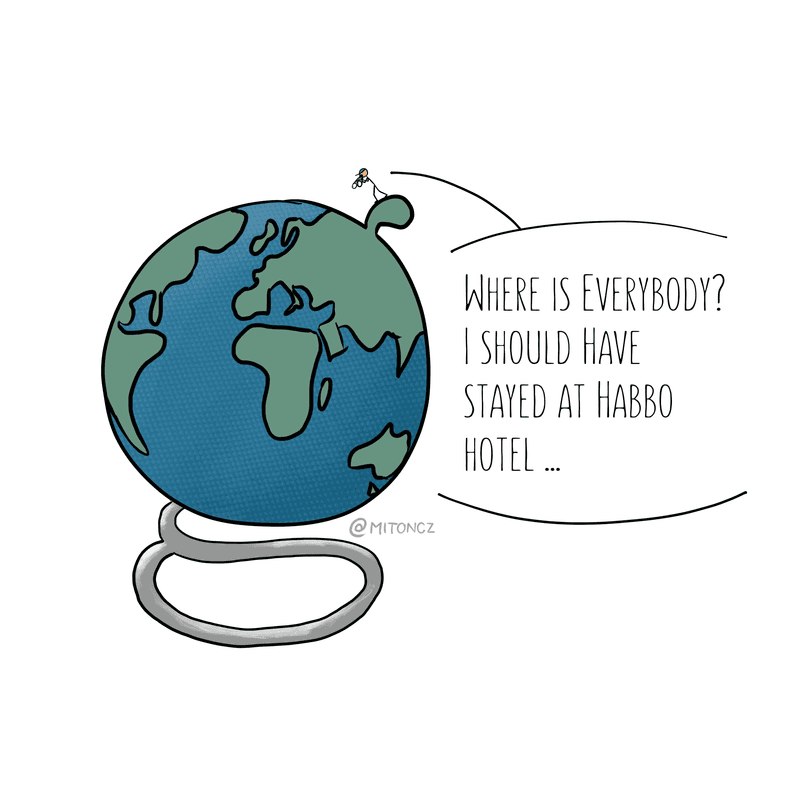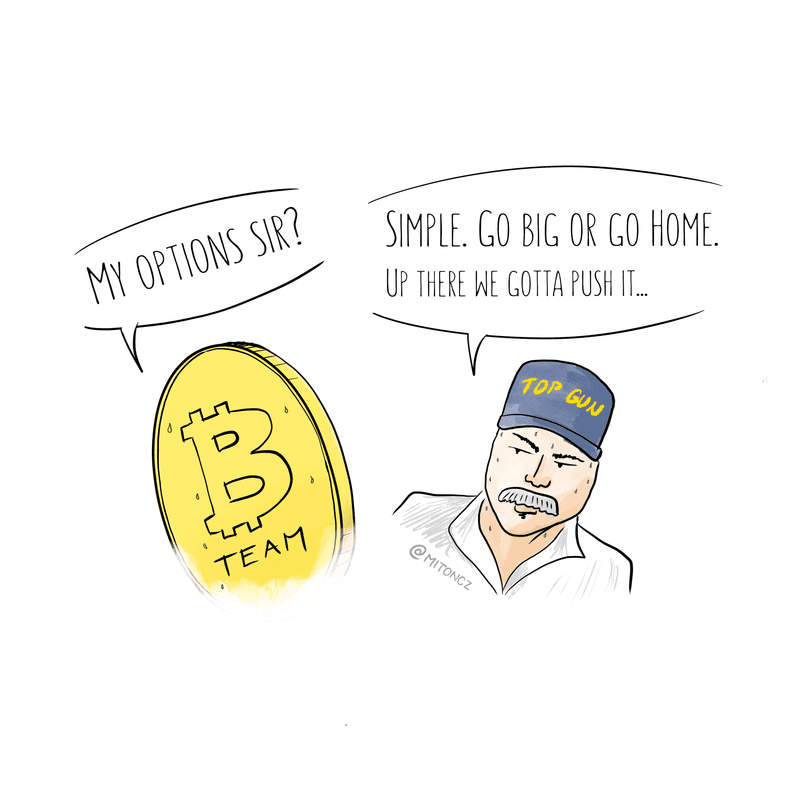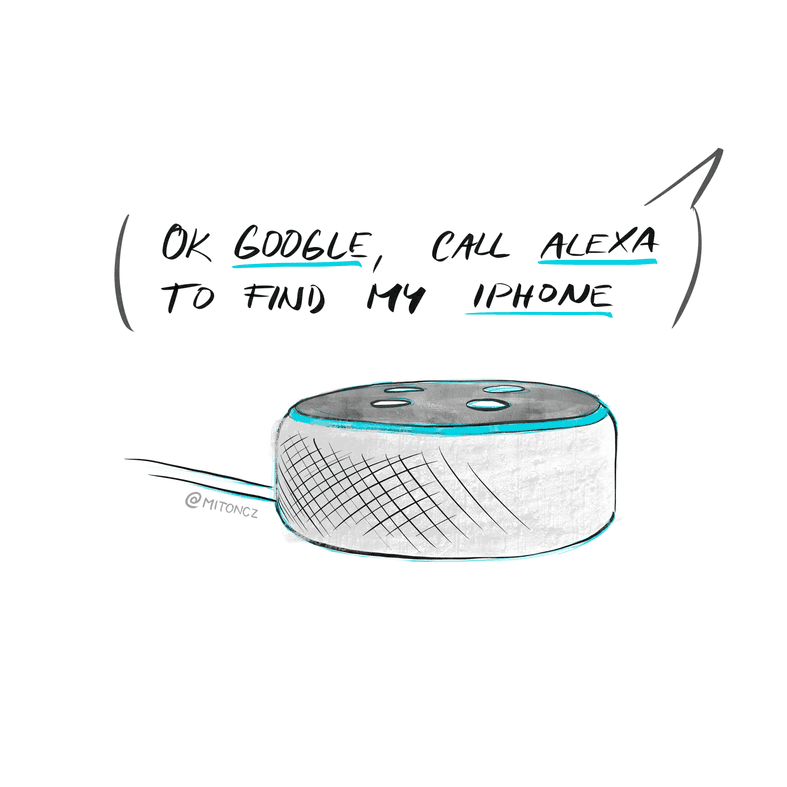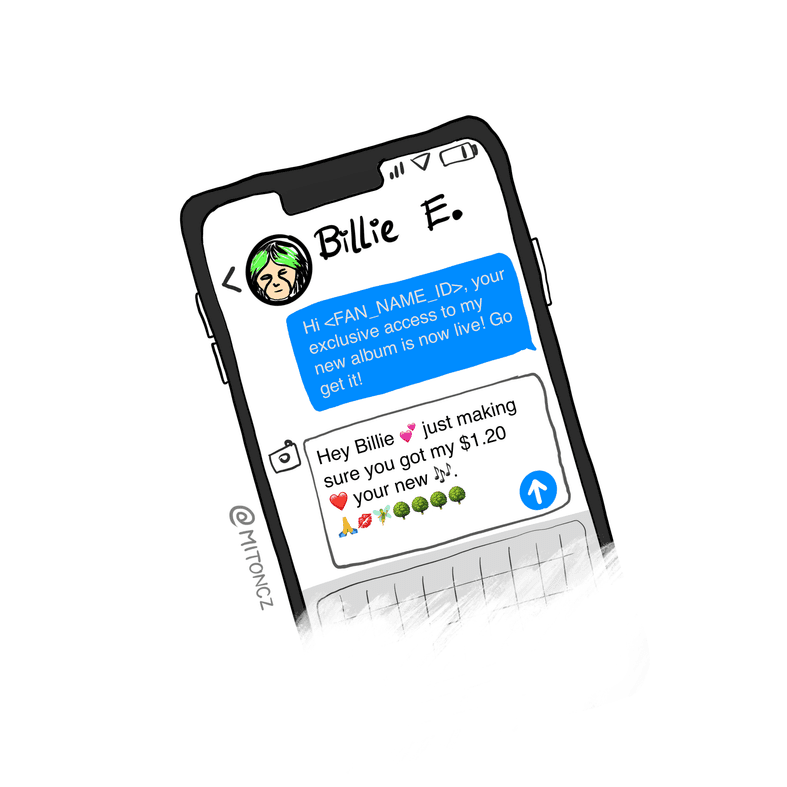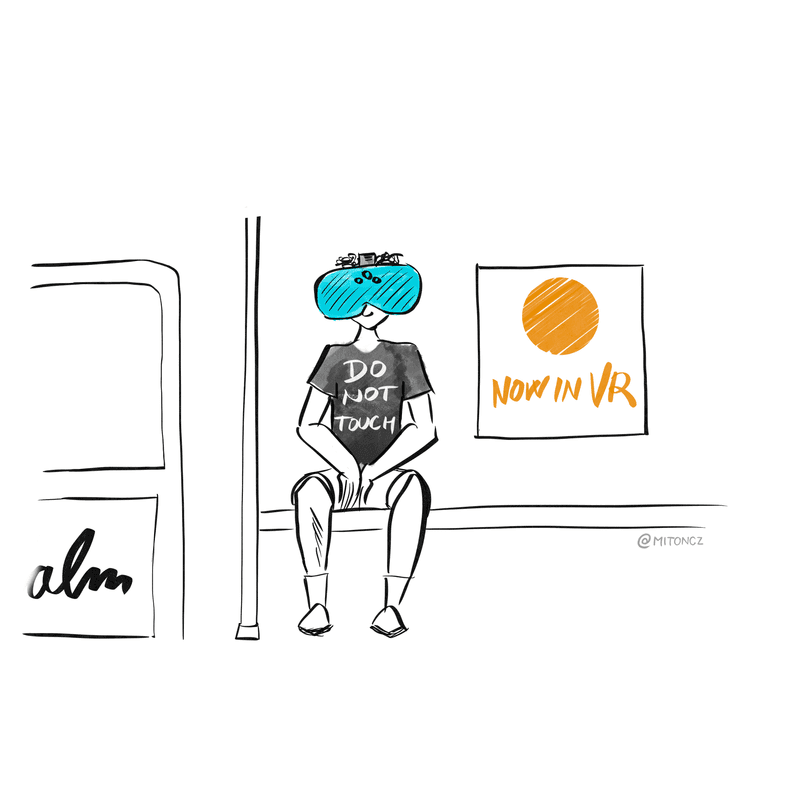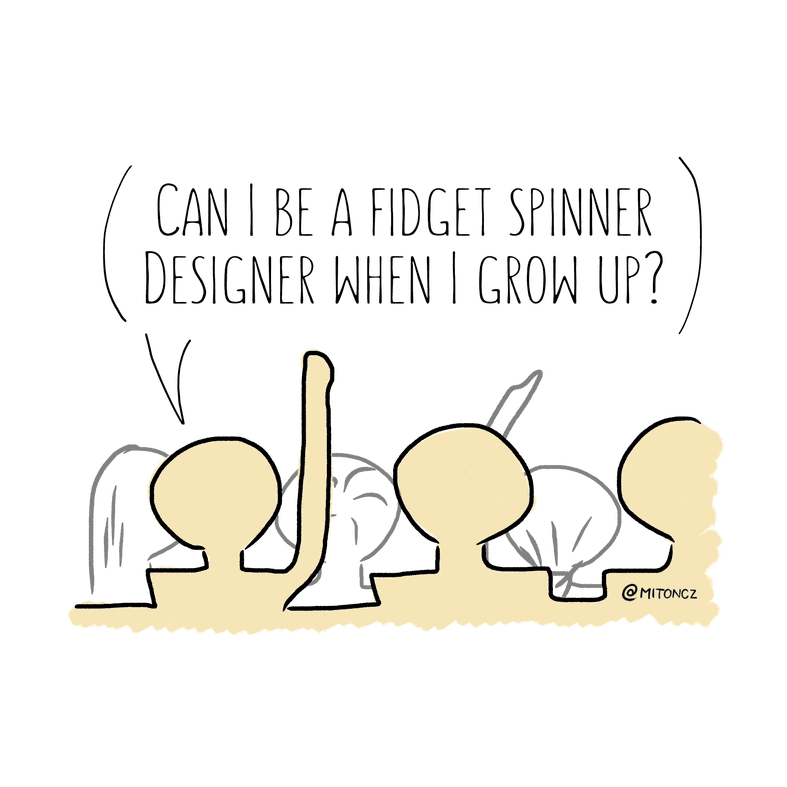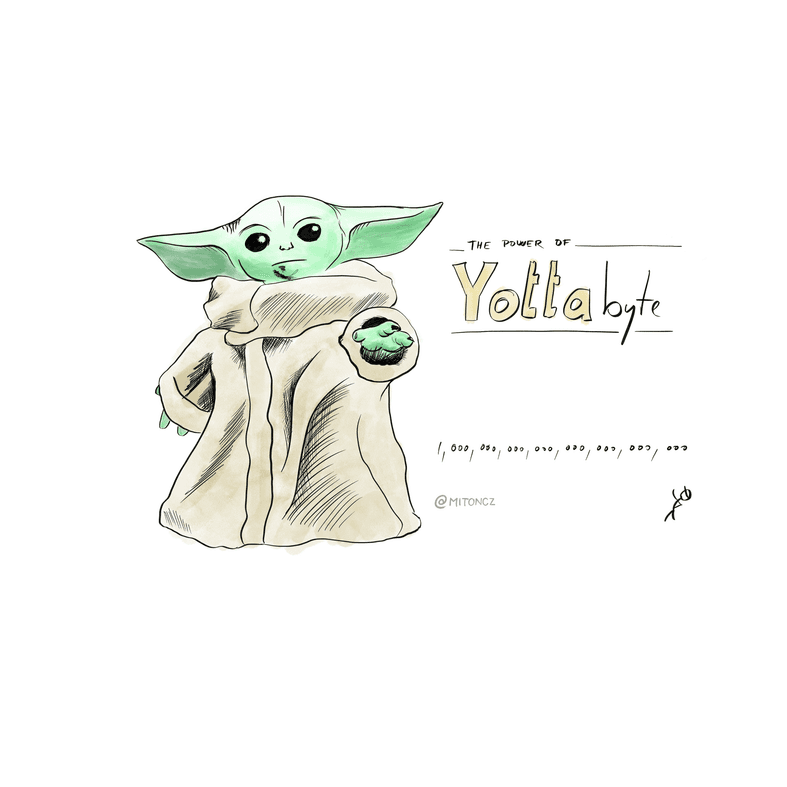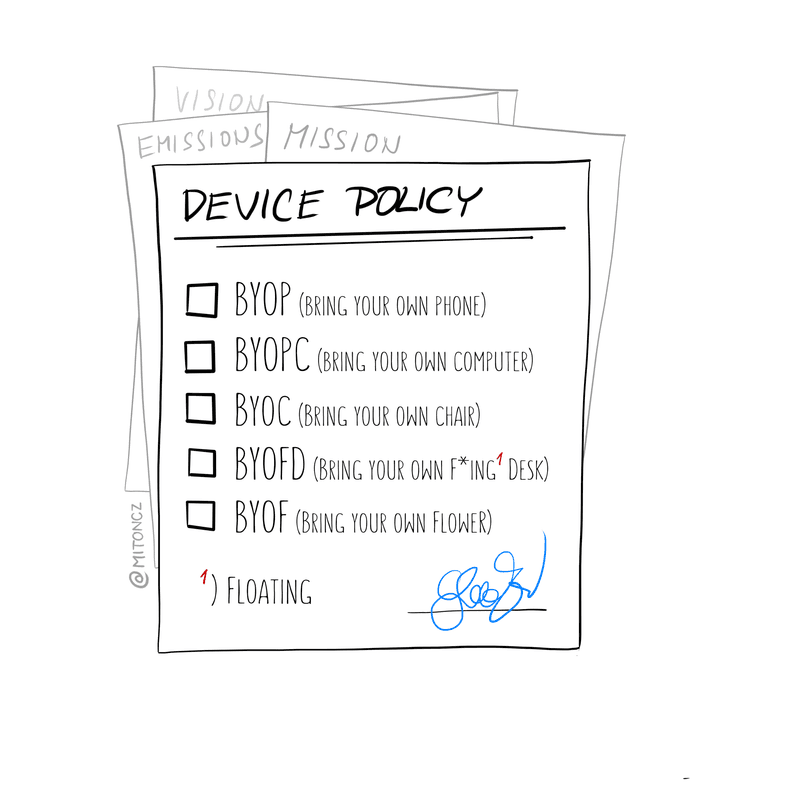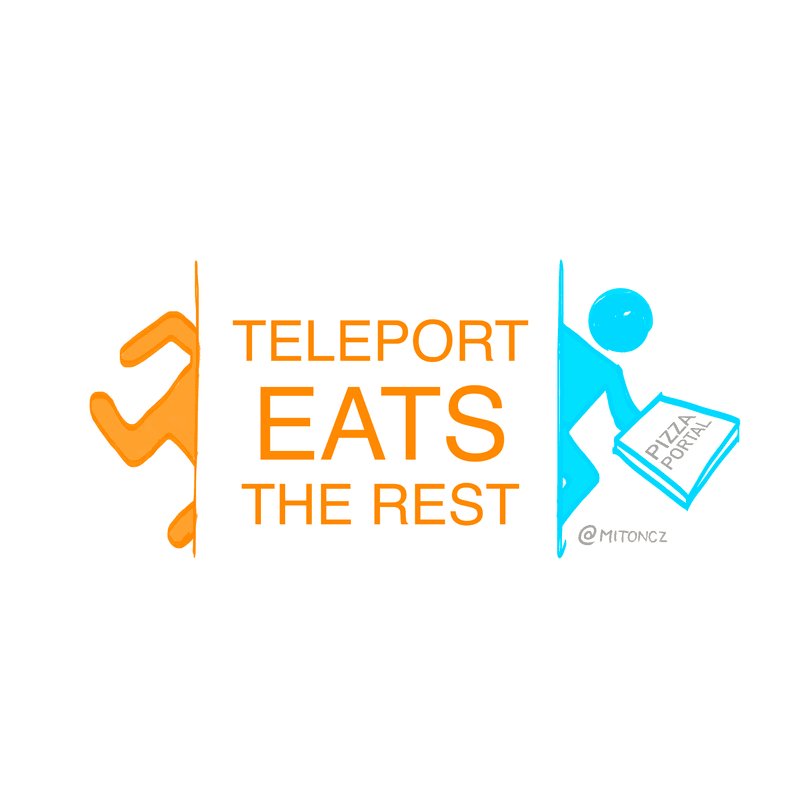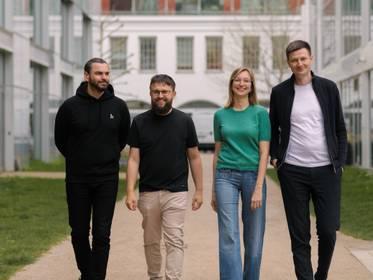Tech trends highlights 2020

Michal Jirák
We turn 20 this year. A great time for us to reflect and plan what to focus on in the next two decades. Here we want to share some trends that might be useful if you are thinking about the next big thing, or are wondering if you are in the right industry.
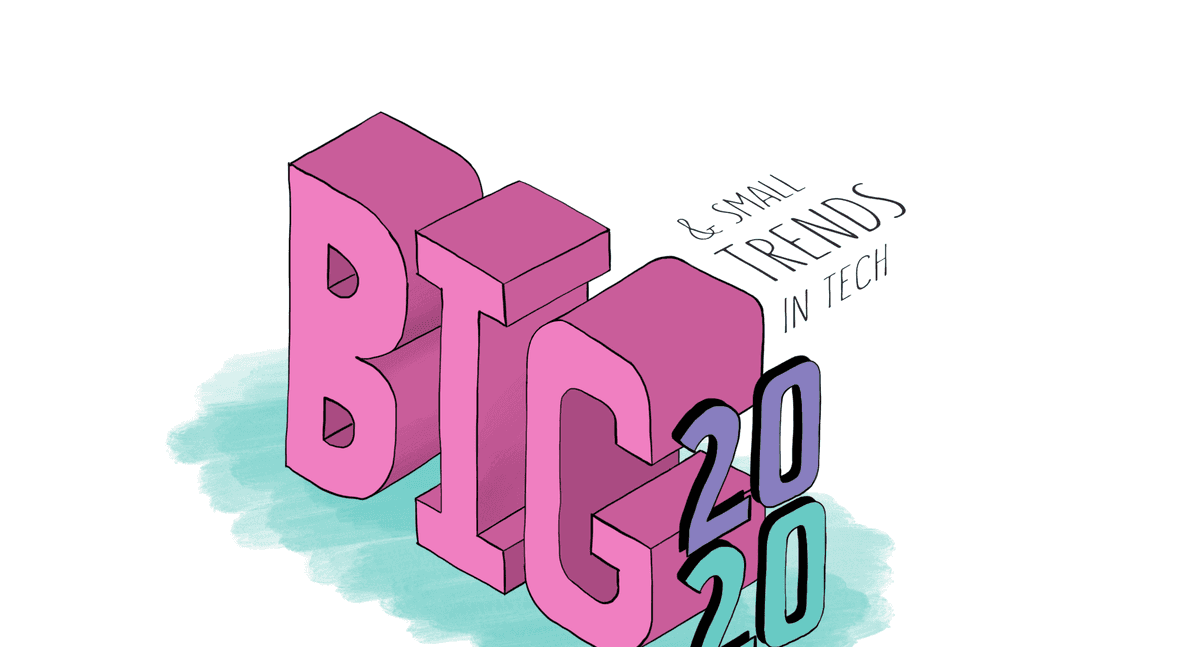
Highlights
- Big data collides with cloud and AI
- Big expectations for what blockchain holds
- Big boys will become even bigger in 2020
- “Big” will be overused throughout this text
AI as new architecture
Many companies have successfully deployed AI augmentation into their existing businesses, leading to improvements in efficiency. For others it has opened up scales that would not have been possible without an unsustainable increase in workforce. That was just the beginning.
I agree with the vision that in many industries AI will become the new architecture on which companies will be built from scratch, displacing those that have tried to plug-in AI as a feature.
We still underestimate the potential of exponential growth in interconnected global data. The international arena is witnessing a race between AI research and data collection, with the US leading in the first camp and China in the second. In the business world, especially regional services across all industries will feel the pressure exerted by global AI-powered giants.
Humanity as a platform
In a world where everyone is connected and people are able to understand each other with the help of auto-translation, highly specialized groups of individuals can communicate and share their passions and beliefs. Niche groups that were once separate in the past are now connected, their connections soon to be augmented by VR.
Facebook outgrew university communities to become a global network. Facebook’s successor will rise from a service that is operating globally in a small niche area. Think Twitch and Discord starting with tailored tools for gamers and already outgrowing gaming. If voice and VR are the future, gaming is the most likely environment from which the new Facebook will emerge. And remember, the age of the average gamer is well above 30.
Blockchain
You might have noticed that the invention of blockchain has so far brought little value, except for making a few people wealthy at the expense of others. After all, until it starts to generate additional value, blockchain is nothing more than a speculative zero sum game. But while many have learned that putting all their savings into bitcoins is a really wild bet, the underlying technology has gone through a valuable test of time. Considering it is very much out in the open (anyone can see any transaction), has no law enforcement to protect it (no one can get your lost bitcoins back), and no one who really feels responsibility for it (think a company without a leader), it has actually proven itself beyond our wildest expectations. This will hopefully continue beyond 2020.
What we have seen is that simplifying blockchain to bitcoin (= wealth) has brought a lot of interest and adaptation. But the large costs of running a global zero-trust network mean that the main use of blockchain needs to be something big, not just a small feature added to a product. It needs to enable a paradigm shift fuelled by an interconnected planet. And that’s for a whole separate article ...
Stream anything
With Netflix and Youtube we take video streaming for granted, and gaming is next with Google Stadia and GeForce NOW. The confluence of 5G and data already stored in the cloud will bring more streaming opportunities. More apps will take the streaming approach to ensure they can run on any low-end device with good connectivity, starting with your 100 tabs opened in Chrome.
Imagine streaming as the end-game for mobile operating systems. You pick up any device, it recognizes you via biometrics stored in the cloud, and instantly becomes yours. All content gets calculated in the cloud and streamed to your low-end device. You pay for all apps via a subscription, so they are linked to your account, not your device. System and app updates will be a question of the past. I hoped Google Fuchsia OS would be that, but it looks like I was wrong. Maybe Anbox Cloud or the new iOS will surprise?
Piggyback on voice
Voice might be another platform that will change the balance of power in many consumer services. While it is becoming obvious that the underlying technology and access to users will be controlled by the big boys (Amazon, Google, Apple in this case), there is great space to build a household name with a service that uses their competition wars and works with all the assistants. It was hard for Spotify to build its position in music streaming, but it succeeded by increasing the convenience of listening to music tenfold and doing so on all the devices you own (Windows PC, iPhone and Google Chromecast in my history). Compatibility matters if listening to music is only one of the reasons for buying a device. Other examples are Dropbox and Discord.
I’m sure a few cross-platform voice services will build a name for themselves before the big boys want them out. Maybe Noonlight is a shining example?
D2C and D2F
Direct-to-customer (D2C) mostly refers to brands bypassing classic retailers (aka Amazon) and selling directly to their customers. Fuelled by global shipping, payment methods, social networks, and customer desire to buy products with a story, we will see more brands created with this mindset. It is worth mentioning that big brands like Adidas and Nike are pushing in this direction as well. To a certain extent, Disney+ is just Marvel/Star Wars/Pixar getting closer to customers.
Direct-to-fan (D2F) brings many parallels of D2C to the relationship between celebrities/creators and their fans. Going forward, fans will have much more direct power to fuel the success of their favourite celebrities/creators through merchandise, crowdfunding and subscription support via Patreon. It has never been easier to give exclusive content to those fans who truly support creative work with their wallets.
Pre-loved anything
Own less + live sustainably = sell/buy preloved items. Secondhand has come a long way from yesteryear shops brimming with piles of clothes. From Vinted to professional consignment services like TheReelReel, ThredUp and Poshmark, guilt-free consumption is on the rise. Secondhand fashion will continue to grow, but it has a long way from the estimated 5-6 % share in the US.
Then again, Northface opening Renewed, H&M taking lead in Sellpy, and Farfetch pushing pre-owned items provides this trend credibility across various fashion segments.
A fair race open for bets: Will spending for digital clothing surpass pre-owned physical fashion in the next 10 years?
Well-being
More free time, more free cash, mindfulness instead of alcohol, the cautious return of psychedelic research, meditation going mainstream. The generation that was taught to work hard for a career is making space for a new generation seeking purpose, fulfilment and fun.
Companies will face challenges in convincing new employees with no work experience that ideals do not materialize without hard work. It will be interesting to watch how quickly AI and robot augmentation can fill the gap. It is also obvious that more companies will be pushed towards sustainability by their employees rather than customers.
Mindfulness will continue to be a buzzword and a great business. The main meditation apps have raised over 300 million US Dollars, and one can be sure that most of that was spent on acquiring users. How many use the apps “correctly” for their intended benefit, and how many have them because mindfulness has replaced Zumba as the latest fad? I remain optimistic.
In the meantime, pressure will mount on all leisure activities and it will become harder to avoid crowds when out and about doing your favourite thing. The benefits of this will go to gaming and VR, where scaling is infinite. Is your favorite skiing area crowded? Make a new one.
Cameras everywhere
Connected cameras are nothing new. What’s new is higher resolution per dollar spent, cheap data storage, connectivity and AI capable of analyzing vast video streams. Cameras are here to stay and privacy will never be the same again. A strong cooperation between legal and technical frameworks will be needed to make this level of intrusion work for humankind rather than against it. This also fits into the broader notion of how cities should work and begs the question of when the first big city will ban cameras and try different measures to assure safety.
Setting surveillance cameras aside, it is surprising how live webcams have not made a great leap forward, even though they are often the best way to check on weather, queues and travel related details.
Education 2020
Parents will be split into two camps: those embracing the educational augmentation that technology is bringing, and those trying to get their kids away from the very same displays they use for playing/living in Fortnite all day long. Most will agree with the need to change the current education system, which serves as daycare for hard-working parents, and many schools will try to move towards preparing students for an unpredictable future rather than a set profession. Adaptability, logical thinking and social skills will be good traits to bring into adulthood.
Big Data + Cloud
No one calls it big data anymore. Gartner dropped it out of their Hype Cycle in 2015 for the simple reason that it skipped many phases of emerging tech - it’s just part of everything now. Something like electricity and the force. Yet it makes sense to appreciate how the formula of a growing population x device per person x sensors per device accelerates the growth of big data. With infinite storage in the cloud, many worthless companies can become priceless through accumulated historical data as the essential fuel for AI and analytics. If you don’t want to jump on the gold rush of AI, maybe you can hand them shovelfuls of data.
Enterprise as the new open market?
The Internet used to be an open platform where you could reach users by pure product excellence. That is how many internet companies came to exist. Today end users are shielded by platforms run by the big boys (aka GAFA). They control search, mobile app stores and social networks. You can’t reach a meaningful number of users without playing by their rules.
At the same time, something funny has been happening – company environments have actually opened up. What in the past took a hard sales approach, convincing management, and playing a lot of golf with the directors, now needs just a really good product and a freemium model. Today employees can bring their own devices, use company credit cards, and try whatever new fancy tech their team is missing. From there it can spread across the company with nothing more than product excellence. Think Dropbox, Slack or Zoom. All you need today is to convince the user – no management approval needed.
Speaking of open markets in tech, what will be the next truly open platform without a walled garden and a gardener? There is only blockchain in the pipeline.
Cash is dead
We are fast moving towards a world without cash, a world split between QR codes and chips where cash is a dying species. How will the world change when you can pay anywhere for anything?
While we appreciate the convenience, a cashless world fuels consumption and, I would argue, inflation. In a world where it takes only a beep to pay, you are less influenced by price – there is no limit to your wallet in the here and now. After all, you get the same beep for a Tesla Cybetruck order via Apple Pay as you do for your morning cup of coffee.
Teleport eats the rest
The difference between a revolution and evolution is often clear only in hindsight. Being able to attach 10 horses to a carriage may look like a revolution, until someone shows you a car. But everything is just a local maximum until you look up.
Always keeping a broad perspective, we are happy that our Rossum.ai team is still at work improving their teleportation tech concepts. That’s also why we did not mention advancements that are soon to be replaced by the advent of consumer-grade teleportation.
A short list follows: supersonic airplanes (Bam!), VR meetings, expensive real-estate locations, Zoom video calls, self-driving what?, hotels, boats (except for party boats), trucks making pizzas (oh, looks like they already know).
See you in 2040!
_________________
After-credits honourable mentions:
- Deep fakes will have a lot to say.
- E-signatures are finally ‘scrawling’ across the globe - signatures dead by 2040?
- Nostalgia marketing - our generation grew up on LEGO, Star Wars and Kofola, and we bond over these brands with our kids. What’s next?
- Metoo, U2 and R2D2 will still be big.
- Spot is getting better too. Good boy!
- Beat Saber is still the only VR game worth playing in 2020.
Share
Of further interest
Aim is building an AI agent for business briefing. It combats FOMO and information overload.
(press release) Imagine an AI agent whose task is to deliver exactly the information you need for your business. Only the most relevant bits, no matter how deep they’re buried in the internet, which language they’re in, or what format they take. This is precisely the kind of "personal business briefing" service the startup Aim aims to offer. Behind the project are Michal Najman and Miton.
Grason has a new CEO and is now 100% owned by Miton
The startup Grason, founded in 2018 by Karel Mařík and Jarmila Kowolowska as a platform for flexible staffing in the restaurant industry, is entering a new phase. Its new owner is Miton, which has been an investor in Grason since 2019, and its new CEO is Anna Pánková. Her task is to lead Grason in a new direction so that it serves restaurateurs as a comprehensive tool for managing personnel in their businesses.
Project Europe
Is it possible to build great projects from Europe? Absolutely. What does it take to make that happen? The newly launched Project Europe is a bold attempt that we’re proud to support. It offers €200,000 to aspiring founders under the age of 25—as long as they start their company in Europe.

